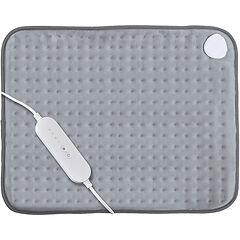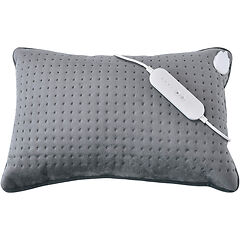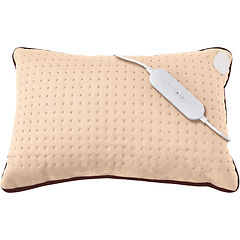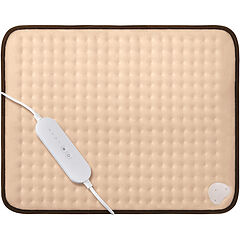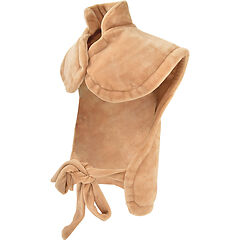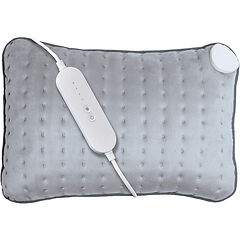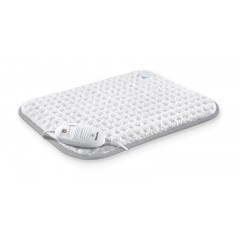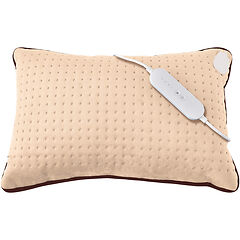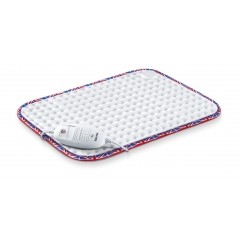Heat Pads for Arthritis Pain Relief
Arthritis is a condition that occurs when the cartilage in your joints wears away. This means your tendons have to work harder, and they can become sore or inflamed. In some cases, the cartilage can wear away completely, leading to bone rubbing on bone. This condition can affect any joint in your body, from your neck and shoulders right down to your toes, with symptoms including pain and stiffness in the joints, weakness, and muscle swelling. It is more common in older people, but arthritis can affect people of all ages.
The two most common types of arthritis are osteoarthritis and rheumatoid arthritis. Unfortunately, there is no cure for either, but with the right treatment, you can relieve the pain it causes and continue to live a normal and happy life.
How Can Heat Pads Help with Arthritis Pains?
Heat pads are one of the treatments recommended by the NHS to help treat rheumatoid arthritis and osteoarthritis. This is because they increase circulation to your joints, which helps to keep you flexible and reduces stiffness. Applying heat therapy to a painful part of your body also helps block pain signals from being sent to your brain, helping pain and stiffness to melt away.
Electric heat pads offer you more control over your own comfort as you can turn them up or down with the flick of a switch. Heat pads also give you peace of mind when you need it most as every heat pad you see above comes with overheat protection. This means you never have to worry about being burned by your heat pad so you can apply it directly to the source of your pain. An electric heat pad or foot warmer will give you the soothing relief you need when arthritis has you feeling down so you can live an active life.
When Not to Use a Heat Pad
In some cases, arthritis can cause your joints to become warm and swollen. If this is the case, you shouldn’t use a heat pad. Use an ice pack to cool the inflamed joint instead. Heat pads are for warming and soothing stiff joints, and ice packs are for reducing swelling.



